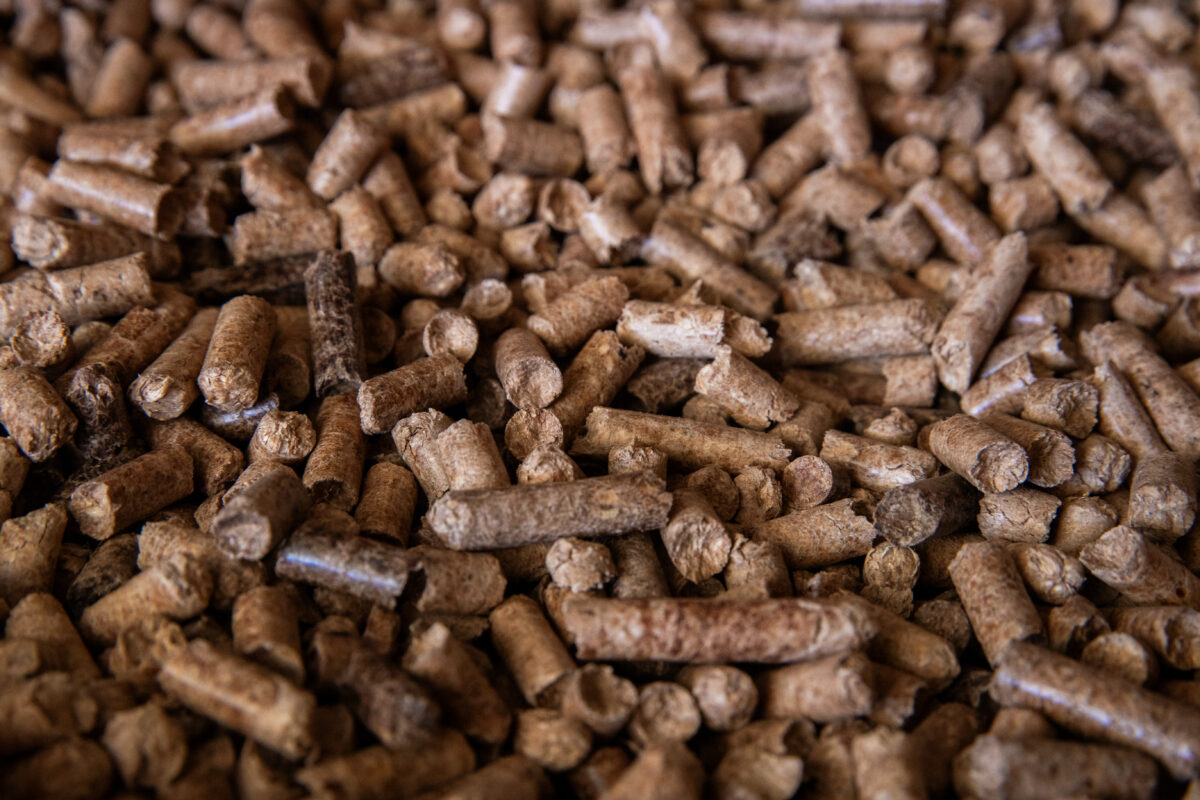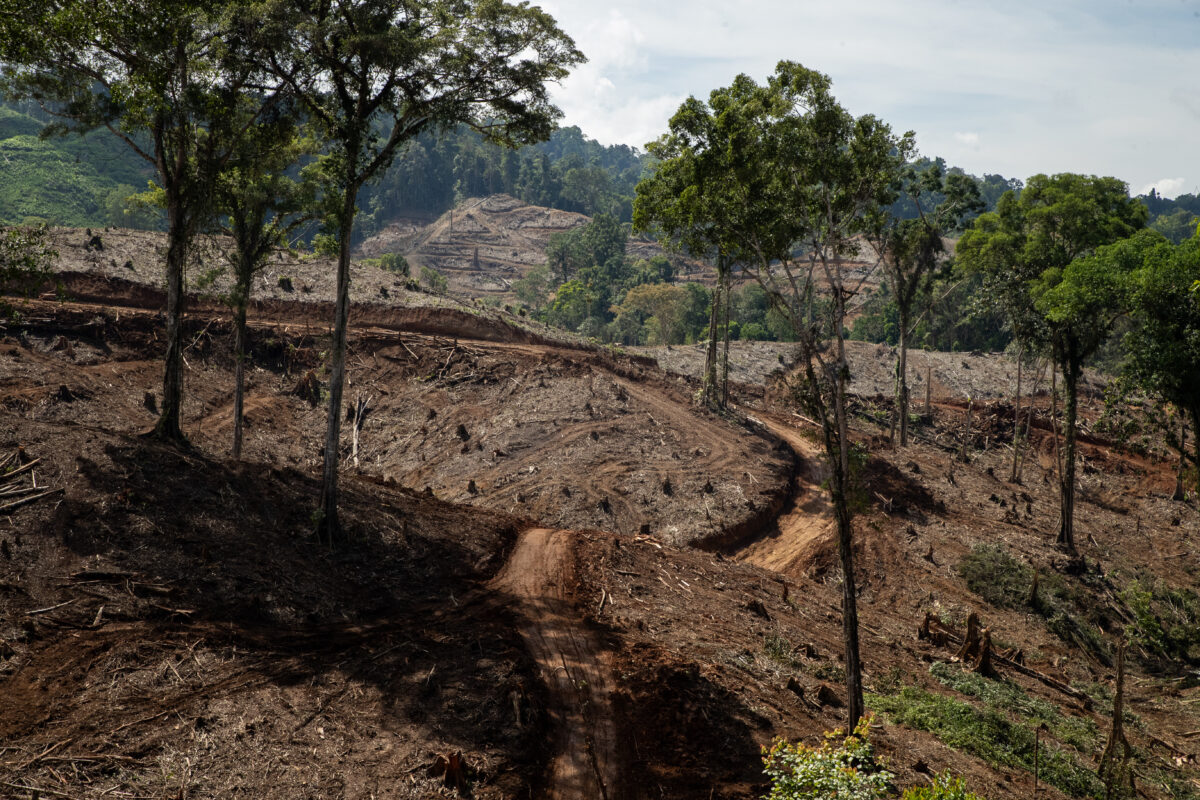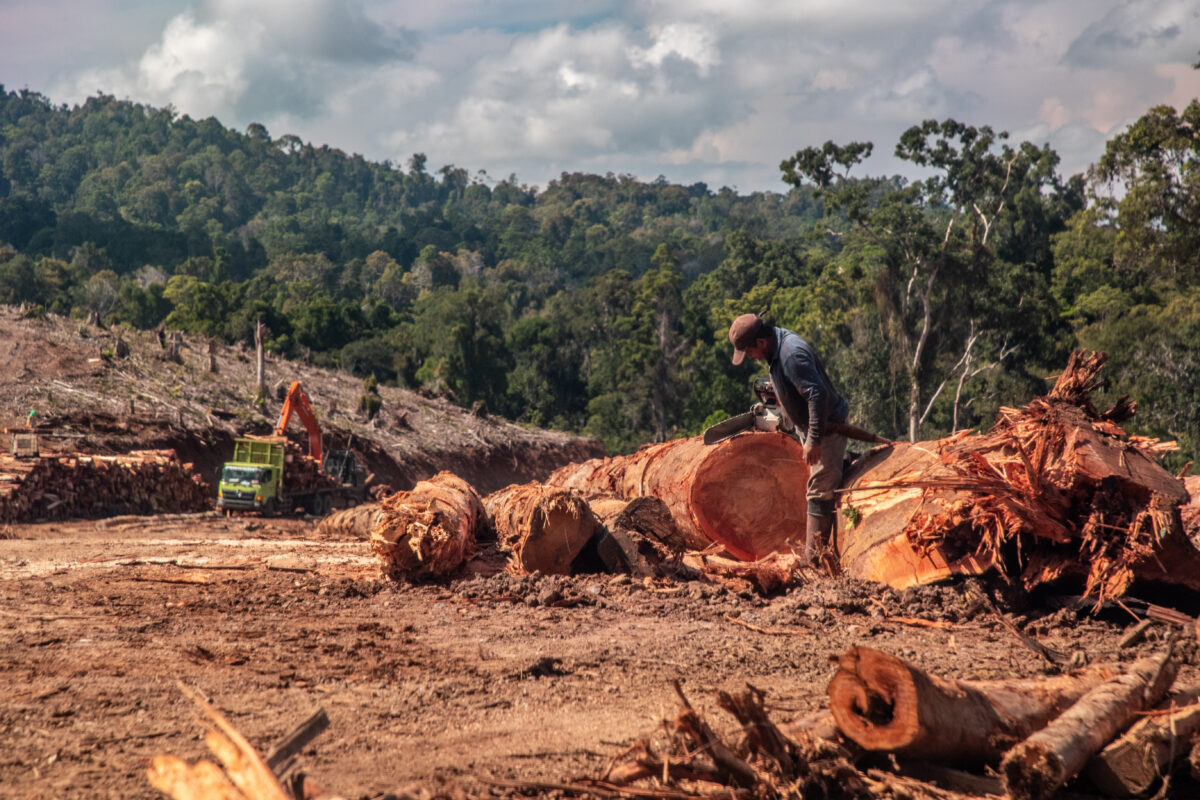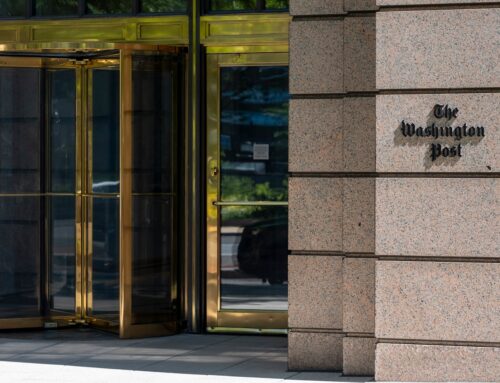Indonesia biomass zone for Japan and S. Korea energy razes rainforest in Sulawesi
October 27, 2024
- In 2022, Indonesia’s then-president, Joko Widodo, revoked hundreds of operating permits affecting millions of hectares of land previously zoned for new mines and plantations.
- A small proportion of this land has since been reallocated for “energy plantation forests,” in which an area is cleared to plant fast-growing trees that are later cut and chipped to replace some of the coal burned by power plants.
- On the island of Sulawesi, an Indonesian company is exporting wood pellets sourced from two firms that held oil palm licenses prior to the 2022 policy move.
- While biomass cofiring is accounted as a form of renewable energy, environmentalists object to clearing forests as a means of offsetting coal emissions.
POHUWATO, Indonesia — Heavy trucks roll toward a semiremote coastline here on Indonesia’s Sulawesi Island before idling alongside a waiting barge, which will later make a vast shipment of wood pellets to Japan and South Korea.
The shipping terminal was built by PT Biomasa Jaya Abadi (BJA), an Indonesian firm with ambitions to become a global leader in the trade of wood pellets, which are increasingly burned alongside coal in power plants by countries trying to cut back on fossil fuels.
BJA trumpets its green credentials, writing on its website that it “embrac[es] biomass as a renewable energy source, emphasizing its role in reducing carbon emissions and fostering sustainability.”
However, the lofty talk masks a more carbon-intensive reality: BJA’s wood pellets came from the clear-cutting of more than 1,000 hectares (2,500 acres) of Sulawesi rainforest.
It’s just the latest example of deforestation-for-biomass-energy in Indonesia, with similar cases emerging in North Kalimantan and South Papua provinces.
BJA is one of seven Indonesian companies exporting wood pellets. At the same time, Indonesia has established its own targets for raising production of biomass energy, derived from burning organic materials such as wood chips. While the Southeast Asian nation currently relies on coal to generate two-thirds of its own electricity, it has committed to the United Nations Framework Convention on Climate Change (UNFCCC) to reduce its greenhouse gas emissions by 31.9% before 2030.
Planned improvements in the land-use sector, such as rules restricting new plantations on carbon-rich peatlands, account for most of Indonesia’s anticipated emissions reductions. But a large share of its international pledge relies on quickening its pivot from coal to renewables.
To carry out this transition, Indonesia’s government has embraced blending firewood with the coal it shovels into scores of power stations. This “cofiring” with biomass is classed as a form of clean energy in a country’s accounts to the UNFCCC.
“The planners are betting that they can slowly increase biomass power generation by cofiring, a strategy that would potentially extend the life of older and underutilized coal units while at the same time claiming credit for increasing the renewable energy mix,” Institute for Energy Economics and Financial Analysis (IEEFA) analyst Putra Adhiguna wrote in a 2021 paper.
Insiders assume this need will be met mostly by dedicated plantations known as hutan tanaman energi — “energy plantation forests.” But while officials have said the country has ample nonforested land on which to set up new biomass estates, civil society and forestry researchers have raised doubts about Indonesia’s ability to supply an estimated 8 million to 14 million metric tons of biomass without defacing its rainforests, which are the world’s third-largest, after Brazil and the Democratic Republic of Congo.

Blending the rules
BJA gets its pellets from two companies operating in northern Sulawesi’s Gorontalo province: PT Banyan Tumbuh Lestari (BTL) and PT Inti Global Laksana (IGL). The two firms hold “private forest” permits covering a combined 27,353 hectares (67,591 acres), an area larger than the city of Milwaukee.
BTL and IGL weren’t always in the biomass business. They started out in palm oil, receiving permits to set up oil palm plantations in Gorontalo in 2010. But those concessions were left dormant for years, and in early 2022, BTL and IGL were among 192 companies to have their development permits revoked by the Ministry of Environment and Forestry due to inactivity or noncompliance.
Analysis published in 2022 by environmental nonprofit Auriga Nusantara calculated that 2.4 million hectares (5.93 million acres) of standing rainforest lay within the area affected by the change, raising hopes in some quarters that the areas would be rezoned for conservation. The environment minister at the time, Siti Nurbaya Bakar, said the government would devolve management over much of the land under the country’s highly praised social forestry program, which intends to eventually hand control over more than 13 million hectares (31.1 million acres) of land to local communities.
But the mass revocation did not spare the rainforests in BTL and IGL’s concessions. Both companies had already obtained private forest permits from Siti’s ministry in 2020. After that, they set about clearing the rainforest in their concessions for biomass production.
Satellite imagery and spatial analysis by Forest Watch Indonesia, a civil society group, shows that from 2021-2023, BTL cleared 1,105 hectares (2,731 acres) of rainforest. IGL cleared 36 hectares (89 acres) from January 2023-August 2024, according to Nusantara Atlas.
Besides setting up plantations of fast-growing gamal (Gliricidia sepium) and caliandra (Calliandra calothyrsus) trees for biomass in the deforested areas, the companies are also using timber from the cleared rainforest to make wood pellets, Auriga Nusantara said in a report published this month.

Rainforest clearance for energy plantations has raised concerns over the destruction of high-conservation-value areas.
Local researchers are particularly worried about the impact in Pohuwato district, which is home to endemic species such as the dwarf buffalo (Bubalus depressicornis), deer pig (Babyrousa celebensis) and Jatna’s tarsier (Tarsius supriatnai). In addition to being a critical habitat of biodiversity, the Pohuwato forests are important water catchment areas.
Terry Repi, an academic from Muhammadiyah University of Gorontalo, warned that clearing these areas for energy plantations risked fragmenting important wildlife habitats. A government document counts 84,567 hectares (208,970 acres) as high biodiversity in Pohuwato.
“That figure is the largest of any district or city in Gorontalo,” Terry told a discussion held by Forest Watch Indonesia.
The Popayato-Paguat landscape also connects the eastern and western regions of Sulawesi, Terry added.
“There are 175 species of birds, with 41 endemic species,” Terry said. “And 21 of these are protected.”
Wood that it were so simple
Some researchers dismiss the purported benefits of offsetting coal emissions by adding firewood to the boiler to cut usage of coal, citing the carbon differential between old-growth forests and managed plantation trees.
Anggi Putra Prayoga, campaign manager at Forest Watch Indonesia, said old-growth forests sequester 254 metric tons of carbon from the atmosphere per hectare, more than the double the 108 metric tons for average plantation trees.
Separately, clear-cutting forests for energy plantations threatens further deforestation outside concession areas because of the pushed boundaries, easing further encroachment into contiguous forests.
In addition, burning wood emits more climate planet-warming carbon emissions than coal per unit of electricity produced.
Burhanuddin, BJA’s operations manager, disputed claims that his companies were involved in deforestation at all, arguing that the concessions could not be considered natural forests because they were already zoned for development. He argued that because the company was planting trees, concerns over forest clearance were moot.
While the company’s concession was legally classified as nonforest land when it was still zoned for oil palms, the pivot to a biomass plantation means it’s once again classified as forest area.

At the dedicated port in Trikora village, trucks pile tons of wood pellets onto a Panamanian-flagged barge bound for East Asia.
Forestry researchers and civil society worry that the conversion of forests here in Gorontalo may be an early example of a plan to clear tens of thousands more hectares to offset coal emissions.
“What [they] are creating is not an energy plantation forest,” said FWI’s Anggi. “But it is an emissions forest.”
Banner image: Tarsiers in the rainforests of northern Sulawesi. Image by Rhett A. Butler/Mongabay.
This story was first published here in Indonesian on Sept. 15, 2024.
Revealed: Biomass firm poised to clear Bornean rainforest for dubious ‘green’ energy
Search
RECENT PRESS RELEASES
Related Post




